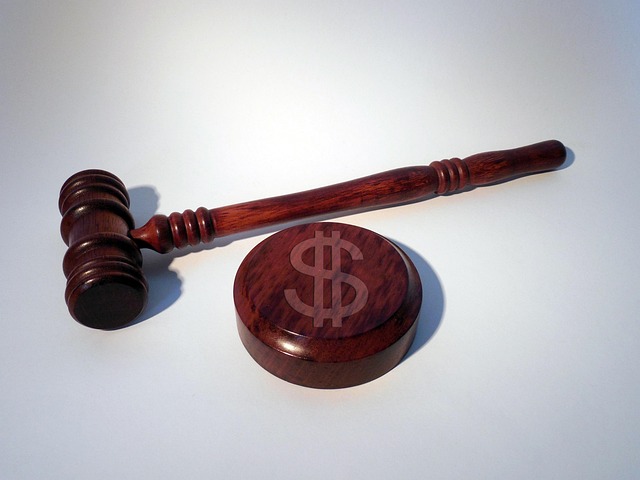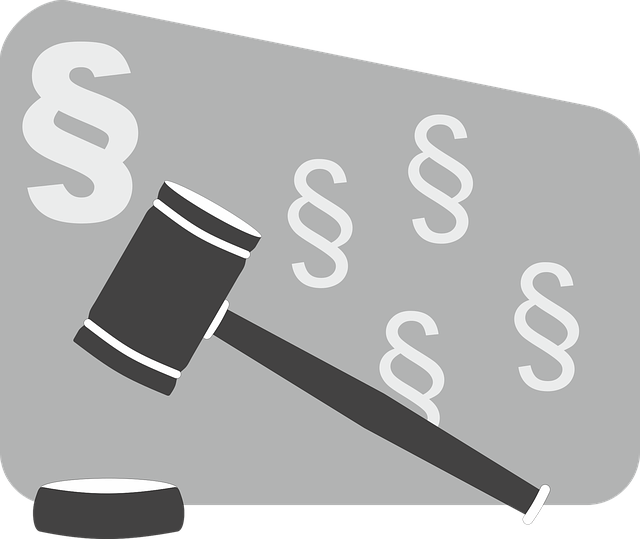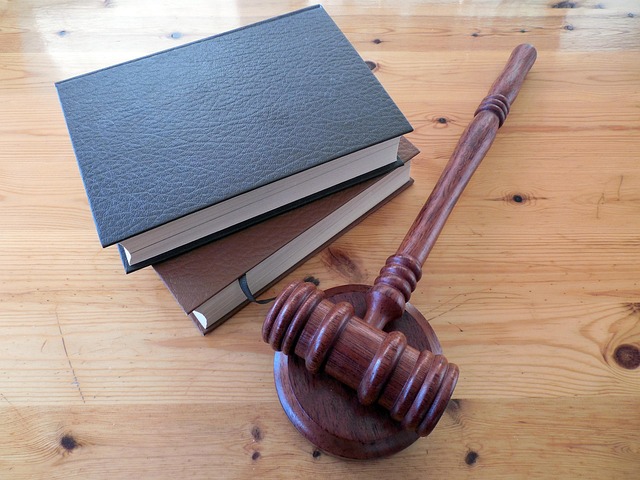RF Regulatory Agency investigations are crucial for ensuring the safety and integrity of RF technologies, from mobile phones to satellite communications. These agencies inspect product designs, manufacturing processes, and field performance to uphold strict standards and identify potential hazards. In cases of personal injury caused by RF exposure, individuals can seek various forms of compensation, including economic damages for medical bills and lost wages, non-economic damages for pain and emotional distress, and punitive damages to deter future incidents. Businesses must understand RF radiation risks, adhere to safety standards, maintain proper documentation, and communicate transparently to avoid legal consequences and ensure affected individuals' well-being. Navigating these investigations requires preparedness, transparency, and understanding the detailed stages involved.
“RF Regulatory Agency Investigations: Unraveling the Impact and Compensation Options
Learn about RF regulatory bodies and their crucial role in ensuring safety standards. This article explores the intricacies of investigations into radiofrequency (RF) exposure, particularly focusing on personal injury claims. Discover the various types of compensation available for RF-related injuries, from medical coverage to legal settlements. We also guide you through the investigation process, offering insights into what to expect when navigating these complex cases.”
- Understanding RF Regulatory Agency Investigations
- Types of Compensation for Personal Injury Claims Arising from RF Exposure
- Navigating the Process: What to Expect During an Investigation
Understanding RF Regulatory Agency Investigations

RF Regulatory Agency Investigations play a pivotal role in ensuring the safety and integrity of radio frequency (RF) technologies across various sectors. These agencies are tasked with overseeing the compliance of RF devices, from mobile phones to satellite communications, with strict regulatory standards. The investigations involve meticulous scrutiny of product designs, manufacturing processes, and field performance to identify potential hazards or non-compliance issues.
By delving into high-stakes cases, these agencies not only protect consumers but also maintain the stability of the broader technological landscape. Their unprecedented track record in resolving complex RF issues serves as a testament to their expertise and commitment. Furthermore, their work extends beyond technical domains, often engaging with philanthropic and political communities to shape policies that balance innovation with safety, especially when dealing with emerging technologies.
Types of Compensation for Personal Injury Claims Arising from RF Exposure

When it comes to personal injury claims arising from RF (radio frequency) exposure, individuals have several types of compensation available to them. These can include economic damages, which cover expenses such as medical bills, lost wages, and rehabilitation costs. Non-economic damages, like pain and suffering, emotional distress, and decreased quality of life, are also compensable. In cases where the RF exposure was due to a product liability issue or negligence, punitive damages may be sought to deter similar incidents in the future.
The respective business faces significant responsibilities throughout all stages of the investigative and enforcement process related to these claims. It’s crucial for them to understand the potential implications of RF radiation on human health and avoid indictment by adhering to safety standards and regulations. Proper documentation, transparent communication, and prompt response to concerns are essential in managing these cases effectively while ensuring the well-being of affected individuals.
Navigating the Process: What to Expect During an Investigation

Navigating the Process: What to Expect During an Investigation
When an RF Regulatory Agency initiates an investigation, individuals or entities under scrutiny should be prepared for a comprehensive and detailed process. The first step typically involves gathering information, where the agency will request relevant documents and data related to any suspected violations. This phase is crucial as it forms the backbone of the entire investigation. Throughout all stages of the investigative and enforcement process, transparency and cooperation are essential to ensure a fair outcome.
As the inquiry progresses, interviews with involved parties may occur, providing an opportunity to present one’s case. The agency will meticulously review the evidence collected, analyzing its impact on public safety and regulatory compliance. This thorough assessment can lead to various outcomes, including formal warnings, fines, or, in severe cases, jury trials to determine appropriate compensation for personal injury or other damages. The involvement of philanthropic and political communities may also play a role in mitigating consequences and fostering positive resolutions.
RF Regulatory Agency investigations into potential personal injury claims related to RF exposure are a critical process aimed at ensuring public safety. By understanding the types of compensation available and navigating the investigation process, individuals affected by RF radiation can protect their rights and seek appropriate relief. These investigations play a vital role in uncovering potential hazards and fostering responsible practices within the radio frequency technology landscape.






